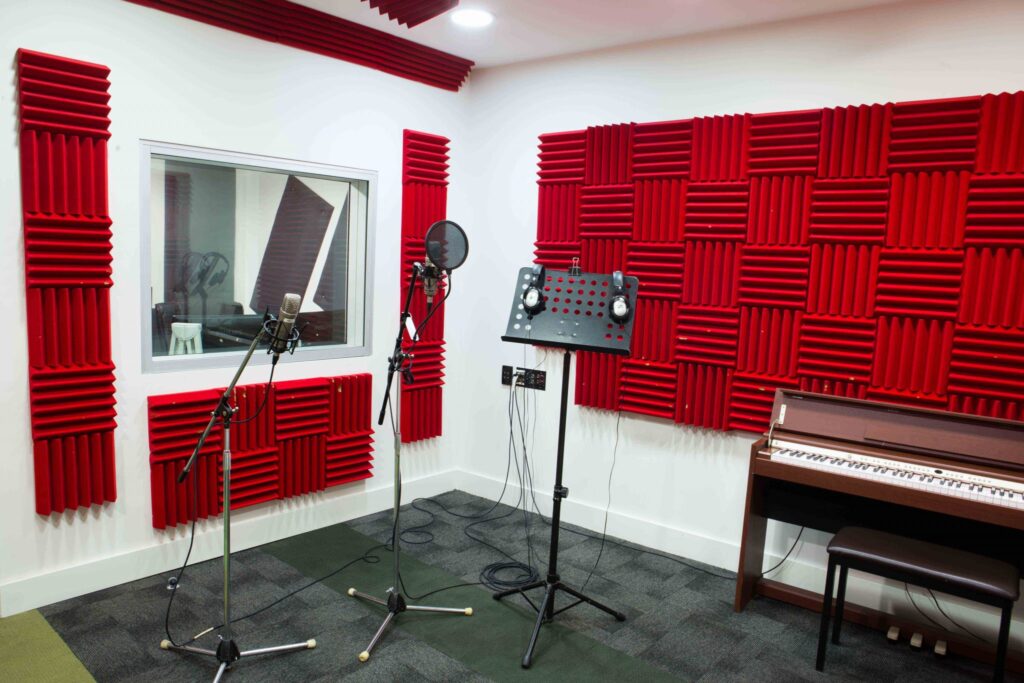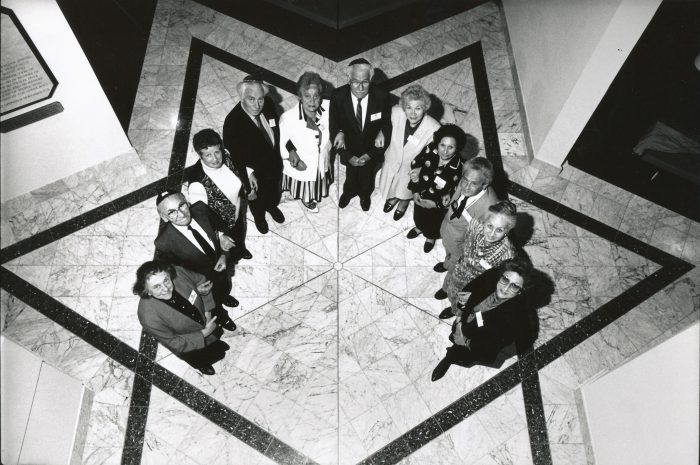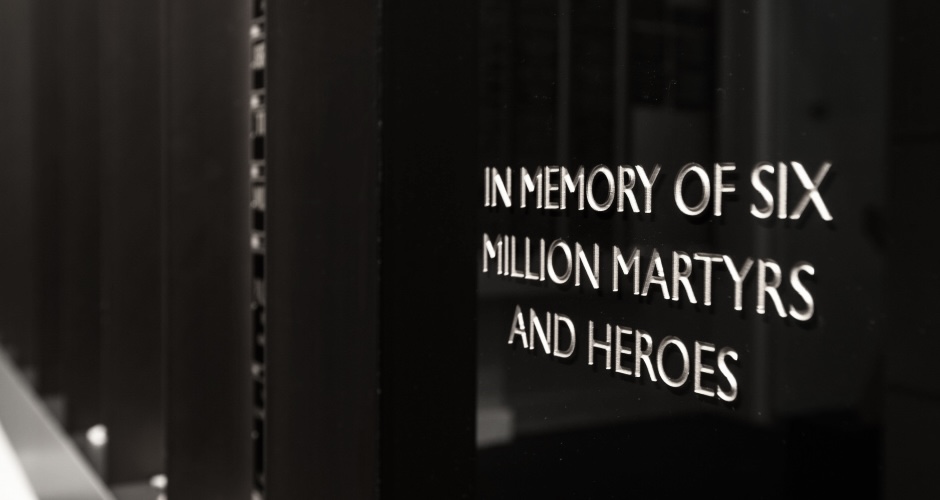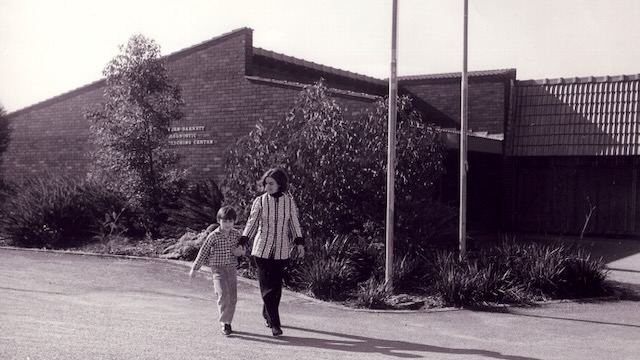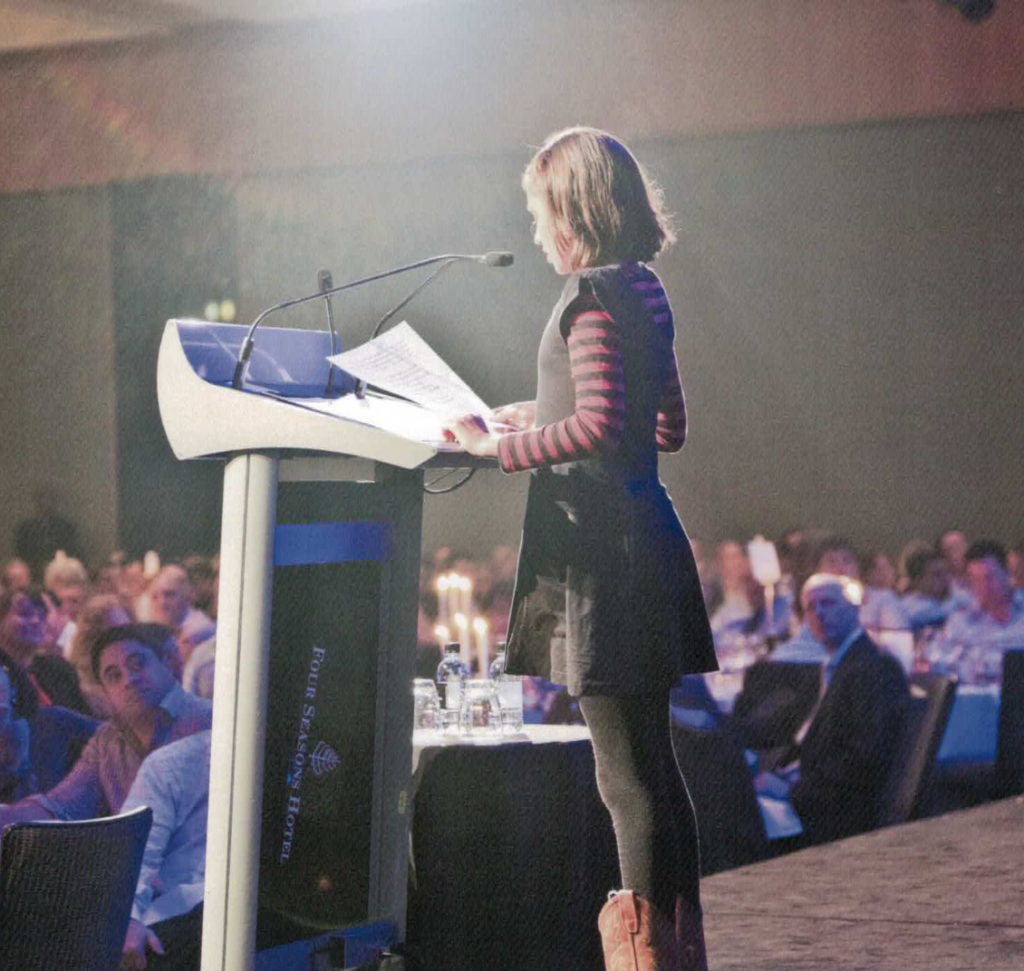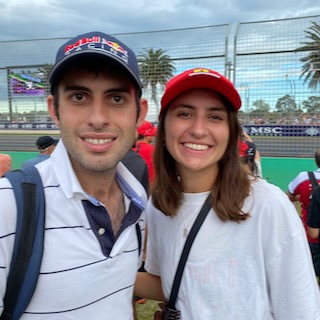Fairfield City Museum & Gallery (FCMG) is an organisation that celebrates Fairfield’s past, heritage, arts and cultural scene and the local, diverse community. Founded in 1983, it is the largest exhibition space in Fairfield City. FCMG has three distinct sections; the 1913 Museum building, the Stein Gallery and the Vintage Village. Throughout the year, within the first two spaces, FCMG has a rotating program that focuses on contemporary art, social history, and community-based projects and exhibitions. Occupying the Stein Gallery is the current exhibition, re-member, which features eight artists from South-West Asia and North Africa celebrating their heritage through commissioned artworks.
Joanna Kambourian, Ancestral Threads II (Sun God) 2022. Image by Mia Zapata
In comparison to the contemporary focus of the 1913 Museum building and Stein Gallery, the Vintage Village aims for nostalgia. Here, the space recreates past historical moments and places within Fairfield for visitors to conduct both guided and self-guided tours. Visitors can visit the ‘Hay Shed’, symbolic of the rural industries that were prevalent in Fairfield until the 1960s, the heritage-listed 1880s Slab Hut and other historically-significant buildings to Fairfield.
The Vintage Village. Image by FCMG
In addition to these physical spaces, FCMG also has a thriving online presence (https://heritagecollection.fairfieldcity.nsw.gov.au/). They have a rich, cool digital repository that is open to the public to browse through different objects, images, and archives. The team at FCMG go out and collect all kinds of sources from local groups and individuals to add to their collection.
Ultimately, FCMG values and respects Fairfield’s history and the local community. They prioritise community engagement through various initiatives such as immersive educational programmes for Year 1 and 2 students and the wider public to learn about Fairfield’s past. They also cater to nostalgia by offering a guided and interactive group tour for Seniors that, unlike other tours, allows visitors to handle objects from FCMG’s historical collection.
I actually went to FCMG when I was in Year 2 for an excursion. In hindsight, it was my first experience with history and the arts. I don’t remember everything clearly but I do recall seeing so many Indigenous artworks and artefacts during an exhibit. I also remember going inside the 1880s Slab Hut and feeling super down because everything was dark and gloomy. This experience ended up being the biggest reason why I wanted to do my volunteer work at FCMG. Maybe it’s because I like nostalgia or maybe it’s because Y2K is trendy now. I wanted to go back in time and see what has changed in the 15+ years since I first came to FCMG.
My volunteering won’t start until November during STUVAC (sorry Michael!). But right now the plan for my project is to help out with a new acquisition. Recently, a local netball association closed its doors so the team at FCMG have gone out and conducted oral histories with members and collected photographs, documents and other memorabilia. I will help accession these artefacts into the museum’s physical and digital collection, scanning and preserving the sources using some high-tech scanners and equipment. A little nerve-wracking since I suck at technology but I am very excited to help out with preserving and sharing this unfamiliar local history.


